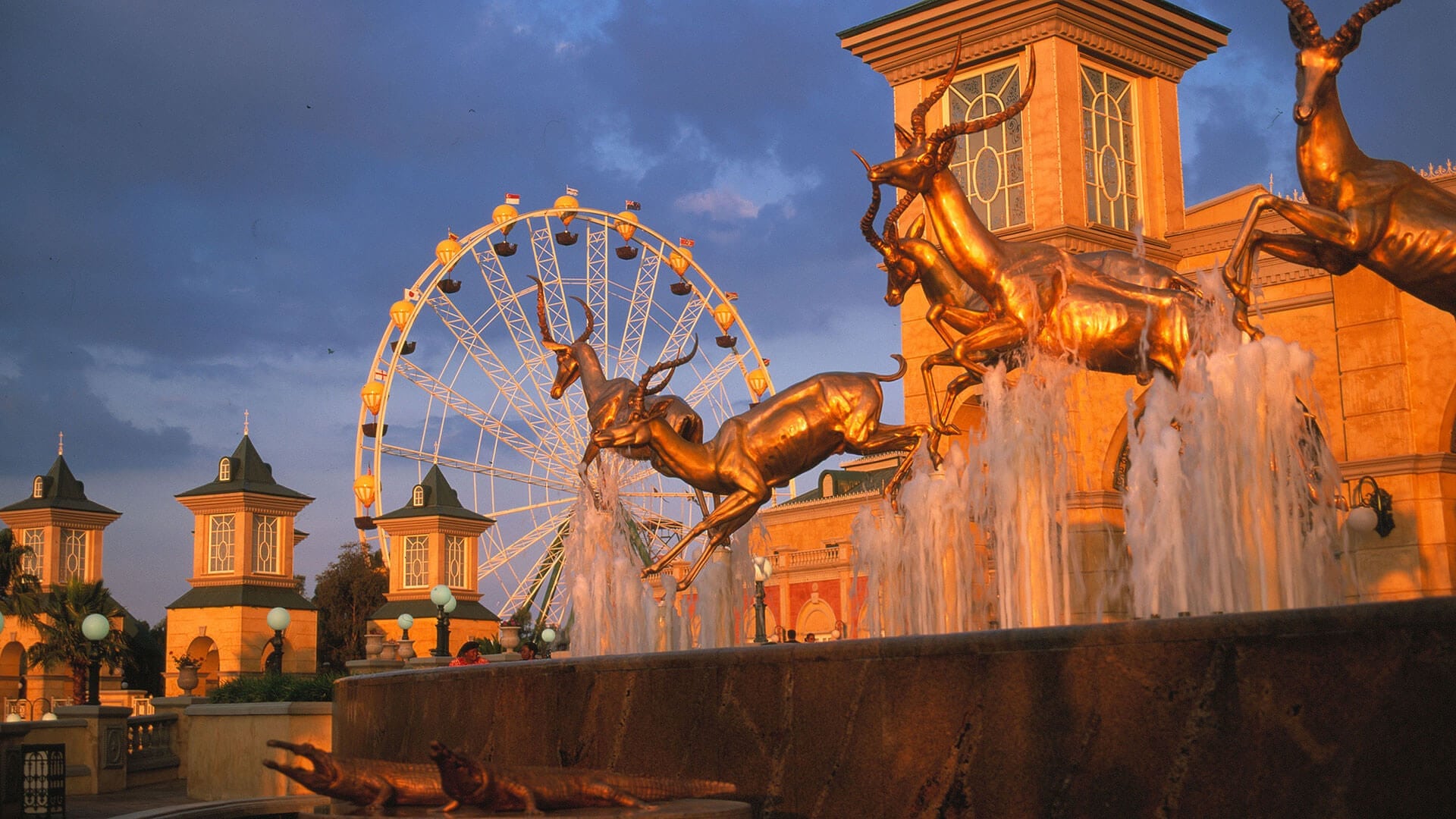The 9-Second Trick For Johannesburg North Attractions
The 9-Second Trick For Johannesburg North Attractions
Blog Article
A Biased View of Johannesburg North Attractions
Table of ContentsNot known Details About Johannesburg North Attractions The Definitive Guide to Johannesburg North AttractionsMore About Johannesburg North AttractionsThe smart Trick of Johannesburg North Attractions That Nobody is DiscussingThe 7-Minute Rule for Johannesburg North AttractionsJohannesburg North Attractions - An Overview
The city grew on the edge of the Witwatersrand Main Reef, a below ground stratum of gold-bearing quartz-silica corporation that arcs for hundreds of miles below the Highveld - Johannesburg North attractions. Most of the gold mines in the city ceased procedure in the 1970s, yet in its day the Witwatersrand gold sector accounted for more than 40 percent of the globe's annual gold manufacturing.Johannesburg has a pleasant climate. Summer temperatures balance regarding 75 F (24 C); winter season temperatures average concerning 55 F (13 C) and only periodically dip below cold. The city enjoys regarding eight hours of sunlight daily in both wintertime and summer. Rain averages concerning 28 inches (700 millimetres) per annum, however the total differs considerably from year to year.
What rainfall the city obtains falls almost specifically in the summer season, frequently in magnificent late-afternoon electric tornados. Air pollution postures a substantial problem, specifically in the winter season, when thermal inversions restrain the westward flow of air from the Indian Ocean. Air pollution is most severe in the densely resolved Black towns on the city's perimeter, where many locals still count on coal for fuel.

Not known Facts About Johannesburg North Attractions
The balance of the city is inhabited by whites. Accommodation varies in personality and top quality.
Physical growth, although somewhat restricted by transportation, continued promptly as migration to South Africa, and Johannesburg specifically, raised drastically. This trouble was fixed in the 1930s when the vehicle was introduced in automation to South Africa. Cars were, for the a lot of component, restricted to the well-off, and allowed them to transfer to the north of the city and commute into the centre.
Many inadequate suburban areas were blended, with poor blacks and whites living with each other, although the affluent suburban areas were generally scheduled for whites.
The previous system of eleven numbered regions was reorganised in 2006. Marshalltown, as seen from the top of the Carlton Centre. The M1 and M2 run behind the buildings, and the southern residential areas prolong past the highway limit. The central city of Johannesburg lies within the city's Area F. The estimated populace of the area is 200,000, [] however the variety of people staying in the inner city on a casual basis is unidentified, as numerous are prohibited immigrants. Most higher-income locals and white other people have relocated to the north suburban areas and have actually been replaced by lower-income black individuals. The joblessness, education and learning, and age accounts of the area are all unidentified, because of the problem of getting dependable information regarding the location.
5 Easy Facts About Johannesburg North Attractions Described
Yeoville and Bellevue have a mix of apartment and solitary household systems on little lots. The region is situated on a mountainous divide that ranges from east to west. The most conspicuous geographical feature is Observatory Ridge, which is called for the big observatory located on it. The entertainment spaces are no more used, because of safety you could try here and security issues.

Rumored Buzz on Johannesburg North Attractions
The eastern suburban areas are some of the earliest areas of Johannesburg, there are big neighborhoods of Jewish and other European histories, the majority of the populace is English speaking. There are 3 golf programs as well as a number of safeguarded ridges with viewsites.
Initially constructed to house male migrant workers, numerous have actually been boosted as dwellings for couples and households. The residential area was not traditionally permitted to develop work centres within the area, so practically all of its residents are travelers to other parts of the city.
Johannesburg North Attractions Things To Know Before You Buy
The N1 Western Bypass links the northern suburbs with the north-western suburbs. The residential locations in the north suburban areas are primarily official, with no considerable areas of casual housing, or real estate read this post here that does not have a long-term structure. This is a recognized location, there is a pattern of land use change from household to industrial, especially along major arterial roads and around well established nodes.
Roads to the east and west are much less well created, as there are no freeways taking a trip in that direction. In the direction of the north boundary of the city, the thickness of development lowers, leaving large areas of untaught land around Midrand.
Little Known Facts About Johannesburg North Attractions.
, which is located on a hillside neglecting the inner city and Hillbrow.
Report this page